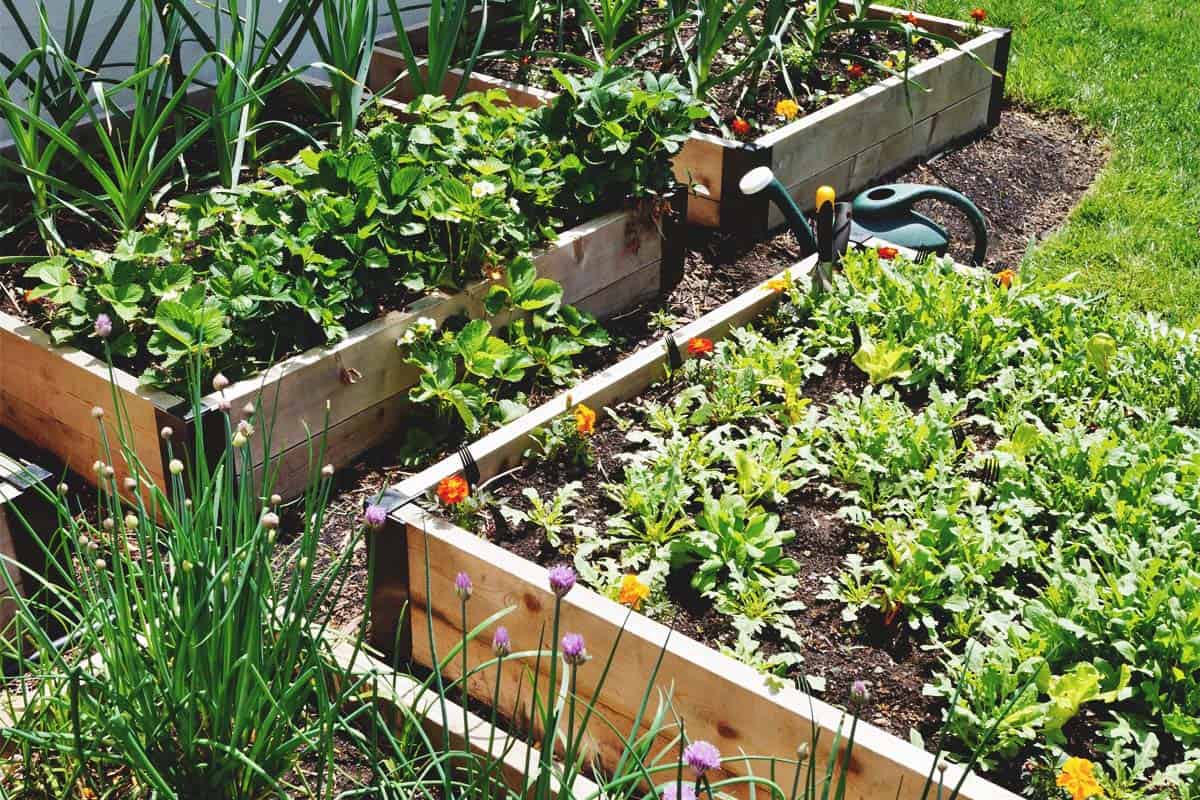Introduction
Drain raised garden beds are a game-changer for gardeners facing poor soil drainage or heavy rainfall. These specially designed beds improve water flow, prevent root rot, and promote healthier plant growth by ensuring excess water drains away efficiently. Whether you’re a novice or experienced gardener, understanding how to create and maintain a drain raised garden bed can enhance your garden’s productivity and longevity.
In this article, we’ll explore what a drain raised garden bed is, why proper drainage matters, how to build one step-by-step, and expert tips to optimize your garden’s health. By the end, you’ll have the knowledge to tackle drainage problems and grow thriving plants in any environment.
What Is a Drain Raised Garden Bed and Why Is It Important?
A drain raised garden bed is an elevated planting area constructed to improve water drainage and soil aeration. Unlike traditional raised beds, these beds incorporate specific drainage techniques to prevent waterlogging.
Why Drainage Matters in Raised Beds
- Prevents Root Rot: Excess water can suffocate roots and cause decay.
- Promotes Oxygen Flow: Well-drained soil ensures roots receive oxygen.
- Improves Nutrient Uptake: Proper drainage helps roots absorb nutrients effectively.
- Extends Growing Season: Beds dry out faster after rain, allowing earlier planting.
Gardens with heavy clay soils, frequent rain, or poor natural drainage benefit most from drain raised beds. They help maintain optimal moisture levels for plants.
How to Build a Drain Raised Garden Bed: Step-by-Step Guide
Creating a drain raised garden bed involves thoughtful design and materials. Here’s a practical approach:
- Choose the Location: Select a flat, well-exposed area with good sun.
- Build the Frame: Use rot-resistant wood like cedar or composite materials to create a raised bed frame, ideally 12–18 inches high.
- Install a Drainage Layer: Add a 2–4 inch layer of coarse gravel or crushed stone at the bottom to encourage water flow.
- Add a Permeable Barrier: Place landscaping fabric over the gravel to prevent soil mixing while allowing water to drain.
- Fill with Quality Soil Mix: Use a blend of loamy soil, compost, and organic matter for fertility and aeration.
- Incorporate Drainage Pipes (Optional): For larger beds or areas with heavy rainfall, perforated drainage pipes can be embedded within the gravel layer to channel excess water away.
Pro Tips:
- Ensure the bed frame has drainage holes or gaps at the bottom.
- Slightly slope the bed (1–2%) to encourage water runoff.
- Avoid compacting soil to maintain porosity.
Common Drainage Solutions for Raised Beds
Several techniques optimize drainage in raised beds:
- Gravel or Aggregate Base: Provides a porous medium beneath soil.
- Perforated Drain Pipes: Redirect excess water away from roots.
- Soil Amendments: Adding sand or organic matter improves water infiltration.
- Surface Mulching: Mulch retains moisture but prevents soil crusting.
Using a combination of these methods tailored to your climate and soil type yields the best results.
Benefits of Drain Raised Garden Beds: What Experts Say
Gardening experts emphasize that raised beds with proper drainage boost plant health and yields. According to horticulturist Dr. Jane Smith, “Drain raised beds reduce water stress and root diseases, promoting vigorous growth.”
Research shows that improved drainage can increase vegetable yields by up to 20% in heavy soil conditions. Home gardeners report fewer pest issues and easier maintenance with well-drained beds.
Maintenance Tips to Keep Your Drain Raised Garden Bed Effective
- Regularly check drainage layers: Avoid soil clogging gravel layers.
- Renew mulch yearly: Keeps moisture balanced and protects soil.
- Inspect drainage pipes: Ensure they remain clear of debris.
- Monitor soil moisture: Use a moisture meter to avoid overwatering.
Routine care ensures your drain raised garden bed continues to support healthy plants season after season.
Conclusion
Drain raised garden beds offer a smart solution to drainage challenges, improving soil conditions and plant vitality. By incorporating proper drainage layers, quality soil, and thoughtful design, gardeners can prevent waterlogging and root diseases effectively.
Implementing these strategies not only enhances garden productivity but also reduces maintenance efforts. If you struggle with soggy soil or want to maximize your raised bed’s potential, consider building a drain raised garden bed today. Healthy roots mean thriving plants, and thriving plants mean a flourishing garden.
